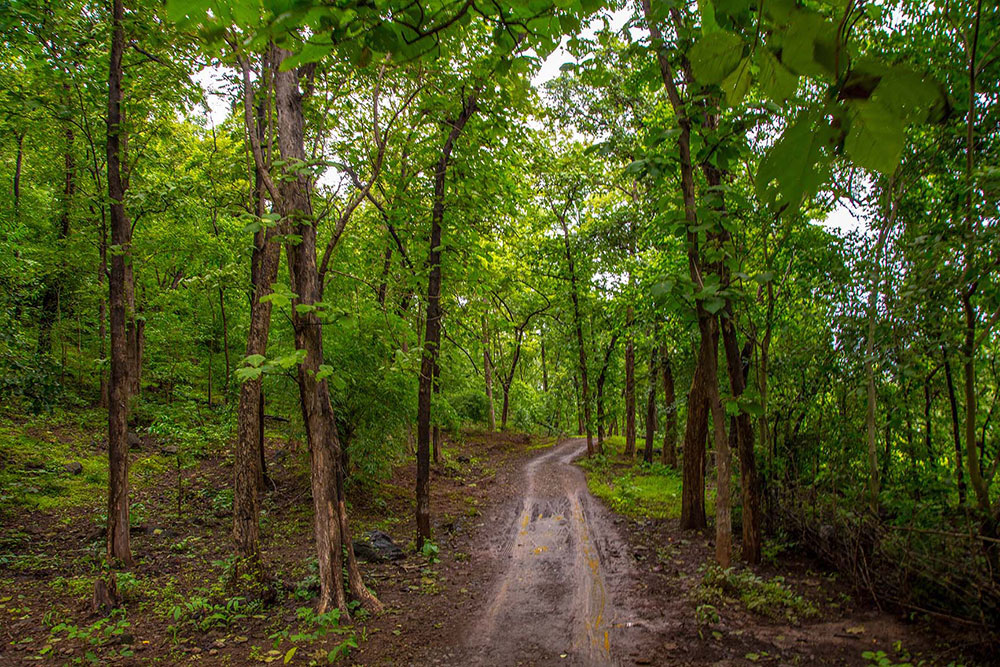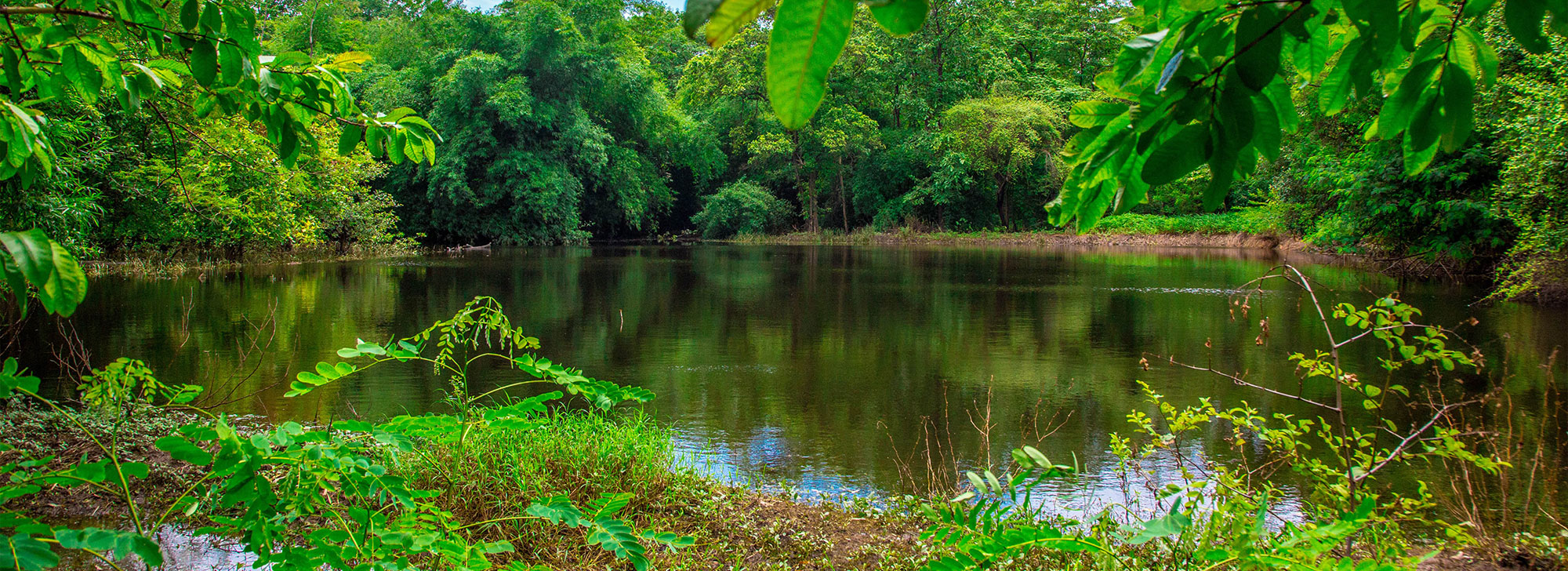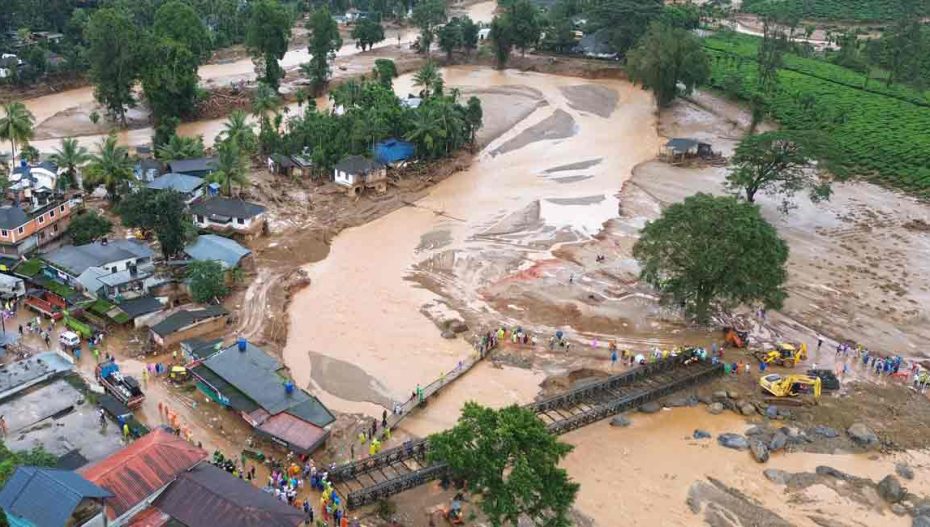The fury of nature witnessed in Wayanad, Kerala which claimed more than 500 lives according to unofficial estimates also served to open the eyes of state governments in deep slumber. Criminally apathetic toward the dangers of ruining nature and ignoring the calls to preserve the ecological balance, the governments have been looking the other way when the centre released draft notifications to declare notified areas as eco-sensitive for five times till now.

Eco-Sensitive Area In South Gujarat
Being part of one of the states in the notification, Gujarat has issued the draft notification to declare 449 sq kms in three districts of South Gujarat covering 64 villages. The districts concerned are the Dangs ( 39 villages), Navsari ( 5 villages), and Surat ( 20 villages). The Purna Wildlife Sanctuary and the Vansda National Park, falling in the notified area had already been administered as an eco-sensitive zone. With the new notification becoming final, the buffer zone areas beyond these parks will also come under the administration of the forest department. There mining and other commercial activities in the 76.59 sp. kms beyond Vansda Park and 250.36 sq. kms beyond Purna sanctuary will be prohibited.

No More Dam In South Guarat
The coming in effect of the new notification would mean that there will be no big dam constructed in South Gujarat now. There had been a big plan of constructing giant dam under Par-Tapi link project. The project ran into rough weather with the locals, mainly tribals opposing it tooth and nail. The project will have to be shelved permanently now.
Apart from a complete ban on mining, the draft proposes prohibition of quarrying, sand mining and the high-polluting industries. Not only that, all existing mines will have to be phased out within five years from the date of issue of the final notification or on the expiry of existing mining lease. The draft also prohibits new thermal power projects, large-scale construction projects and townships with exceptions for repair and renovation of existing buildings.


Origins Of The Draft
The notification’s genesis is the Madhav Gadgil report in 2003. The Gadgil panel recommended declaring 75 per cent of the 129,037 sq km of the Western Ghats as environmentally sensitive. However, no state was willing to implement the stringent measures to enforce the law suggested by the Gadgil panel. The central government then formed a high-power group in 2012 with ISRO Chairman K Kasturirangan as the head, to come out with a version more acceptable to the states concerned. The Kasturirnagan panel recommended that out of the calculated the total area of the Western Ghats at 1.64 lakh sq km, 59,940 sq km (37 per cent) is the ESA that needs to be protected at any cost.
Still A Long Way To Go
Apart from Gujarat, the draft includes 17,340 sq km in Maharashtra, 1,461 sq km in Goa, 20,668 sq km in Karnataka, 6,914 sq km in Tamil Nadu, and 9,993.7 sq km in Kerala in the proposed ESA. The finalisation will require concurrence from Gujarat, Maharashtra, Goa, Karnataka, Tamil Nadu, and Kerala. The fifth draft, issued by the centre in July 2022 lapsed before the states concerned consent to it. The earlier drafts were issued in 2014, 2015, 2017, 2018. The sixth draft, provides for the final ESA notification to take place “in a phased manner either state-wise or through a combined single notification”, for the first time, which enhances the likelihood of the draft seeing the day as the final notification.
Also Road: Gujarat Cong Leader Threatened To Convert To Islam, Booked












